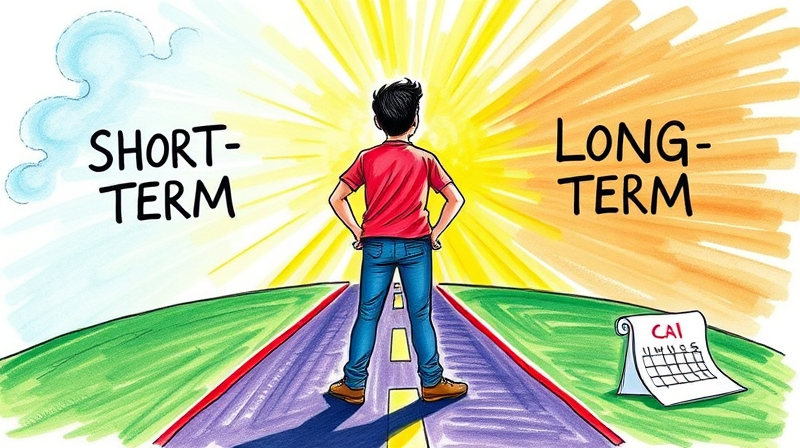
Retirement planning often feels overwhelming, but staying on top of IRS deadlines can transform uncertainty into confidence. Imagine Sarah, a dedicated teacher who almost missed her IRA deadline, losing thousands in potential growth. Her story underscores why knowing contribution limits and deadlines is not just technical detail but the foundation of lasting financial health.
Whether you’re just starting or nearing retirement, understanding these rules will empower you to make informed decisions and avoid costly mistakes.
Each tax year comes with specific deadlines set by the IRS for making contributions to various retirement accounts. For IRAs, contributions for a given year are accepted until the federal tax filing deadline, usually April 15 of the following year. For example, 2025 IRA contributions can be made through April 15, 2026.
It’s essential to specify naming the correct tax year when you contribute after January 1 but before the deadline. Failure to do so could result in your contribution being applied to the wrong year, reducing your contribution’s effectiveness and complicating your tax filings.
For employer-sponsored plans like 401(k), 403(b), and SIMPLE IRAs, the deadline is typically December 31 of the calendar year, ensuring contributions align with payroll systems and employer deadlines.
To build momentum toward retirement, aim to contribute early in the year. Early deposits benefit from the compounding benefit of early contributions, allowing your investments more time to grow.
Review your budget each January and February. Decide how much you can comfortably defer, then set up automatic payroll deductions or recurring transfers to your IRA. Consistency is key: small amounts regularly invested often outperform large lump sums deposited too late.
Income thresholds determine your eligibility to contribute or deduct IRA contributions. For Roth IRAs in 2025, joint filers can contribute fully up to $236,000 MAGI, phasing out entirely at $246,000. Single filers face a full contribution limit up to $150,000 MAGI.
Traditional IRA deductibility phases out for those covered by workplace plans at MAGI between $79,000 and $89,000 (single) or $126,000 and $146,000 (married filing jointly). Consult the latest IRS tables each year to stay aligned.
If you’re age 50 or older, catch-up contributions can accelerate your savings. Under SECURE 2.0, those ages 60–63 enjoy SECURE 2.0 catch-up provisions in workplace plans, adding up to $3,750 beyond the standard $7,500 catch-up limit, for a total of $11,250 extra.
Those aged 50+ in SIMPLE IRAs can add $3,500, and ages 60–63 can boost that to $5,250. Prioritizing catch-ups in your budgeting can make a significant difference in retirement readiness.
Excess IRA contributions can be withdrawn penalty-free by the filing deadline, but after that date a 6% tax applies each year the excess remains. Always review your account statements and tax filings promptly to catch and correct any errors.
By mapping out these dates on your personal calendar, you can create a detailed action plan that keeps you ahead of IRS deadlines and maximizes your retirement savings potential.
Remember, retirement readiness isn’t solely about how much you save but also about the timing and strategy of your contributions. Establish good habits now—review your plans annually, automate contributions, and stay informed about IRS updates. With thoughtful planning and consistent action, you’ll move closer each year to the comfortable, secure retirement you envision.
References













